Photos: Mysterious Ancient Tomb in Amphipolis
Amphipolis
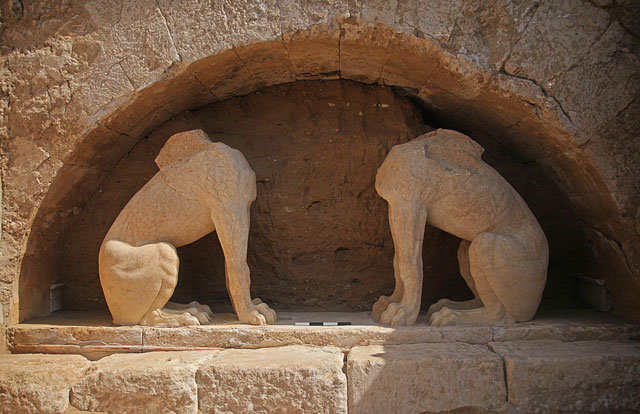
In ancient Amphipolis in central Macedonia, archaeologists have been excavating a huge burial complex that dates back to the 4th century B.C., during the era of Alexander the Great. The excavators don't know what they'll find inside but they recently revealed the sphinx-guarded entrance to the tomb.
Upper Edges
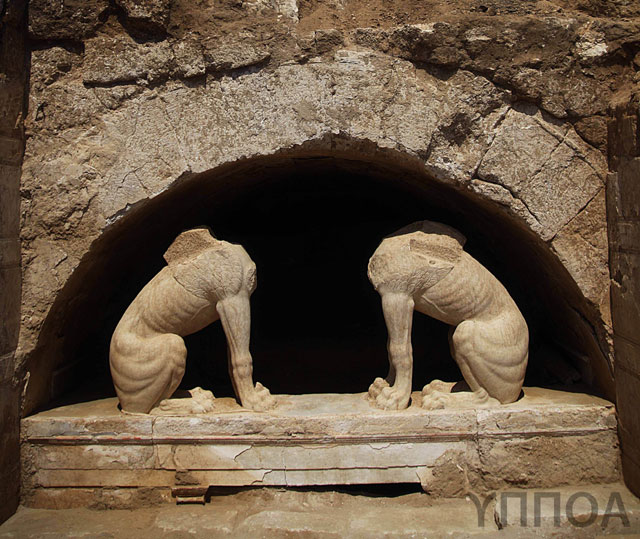
After clearing away a layer of stones that sealed the tomb, archaeologists revealed an architrave, or upper edge of a doorway, as this image released on Aug. 21 shows.
Progress
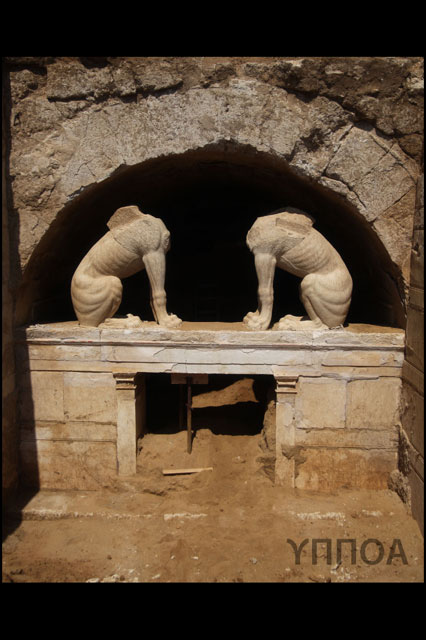
This is what the partially excavated doorway looked like by Aug. 24.
Doorway Comes Into View
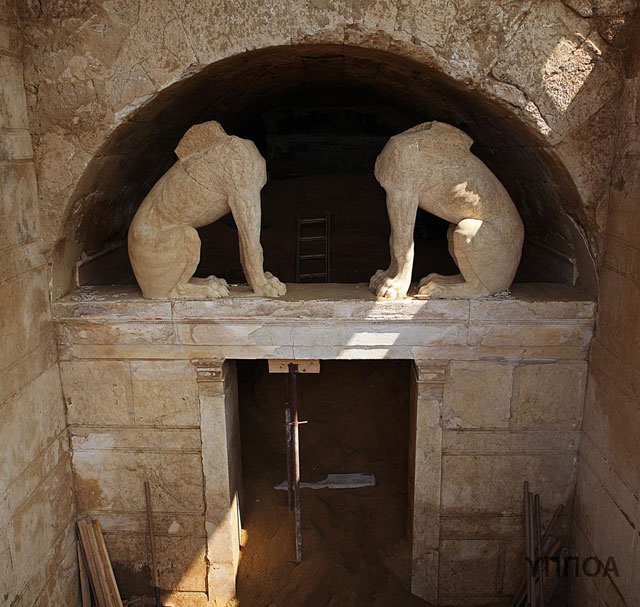
This image was released by the Greek Ministry of Culture on Aug. 25, after excavators cleared enough sealing stones and soil to reveal the full doorway.
Paint Traces
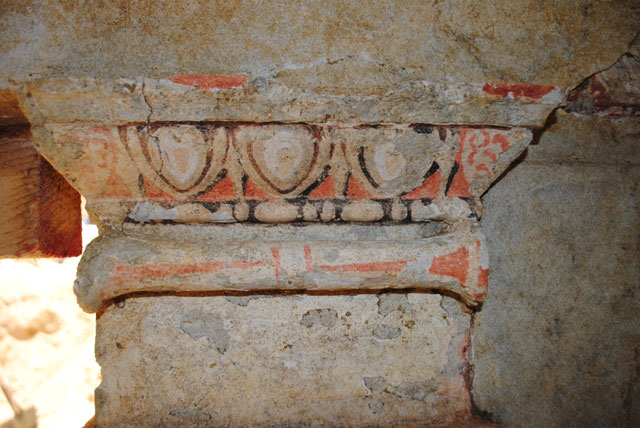
Traces of red and black paint are intact on the pillars that flank the doorway
Sphinx Paw
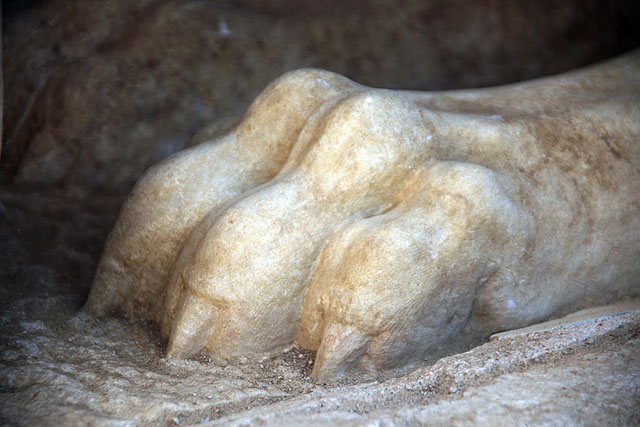
The intricately carved paw of one of the sphinxes.
Intact Tomb?
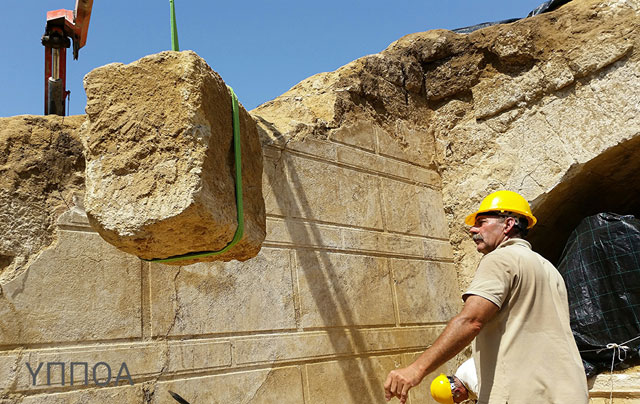
The excavators aren't sure whether they'll find any intact graves once they get inside the tomb. "The excavation will show if the tomb has been looted or not," Katerina Peristeri, the lead archaeologist on the project, said in a statement from the Greek Ministry of Culture.
Sign up for the Live Science daily newsletter now
Get the world’s most fascinating discoveries delivered straight to your inbox.
Mosaic Floor
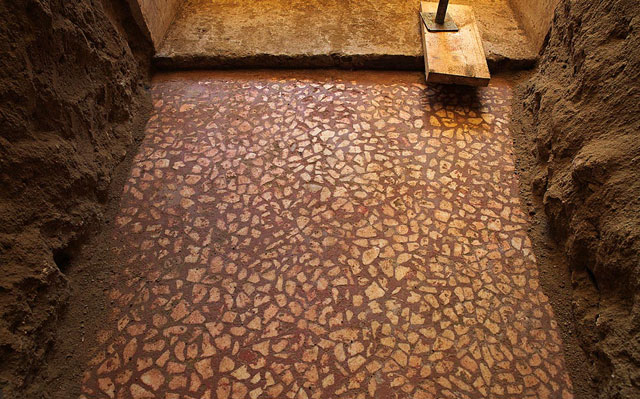
On Aug. 31, excavators shared images of the mosaic floor that paves the entrance to the tomb.
Diamond Mosaic
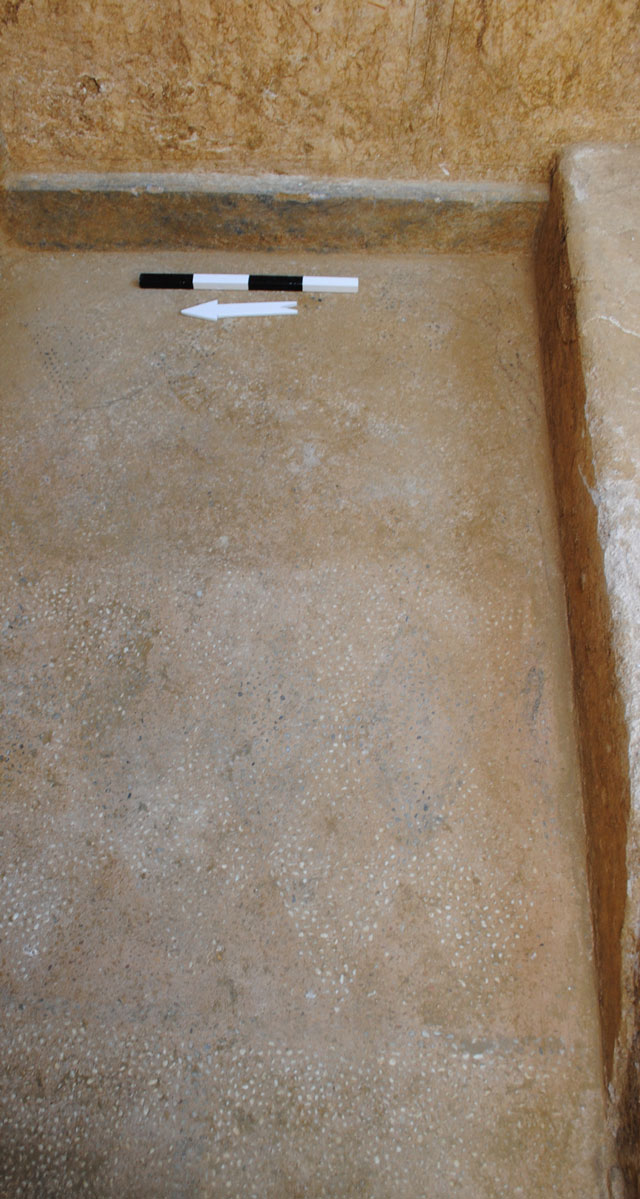
Another mosaic at the front of the tomb's entrance contains black and white pebbles in a diamond pattern.
Protection
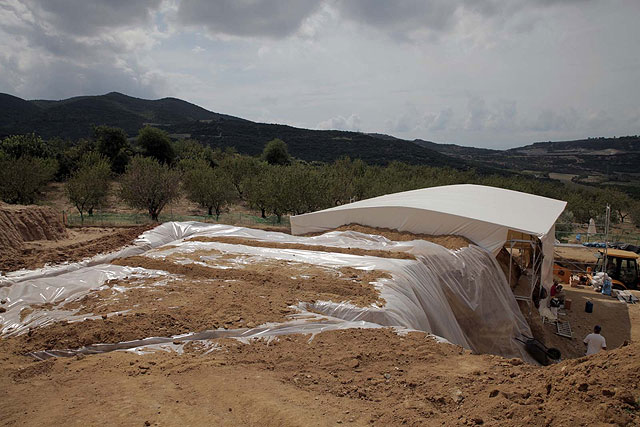
Tarps, drainage ditches and other infrastructure have been added around the tomb entrance to protect it from bad weather.
Female Statues Revealed
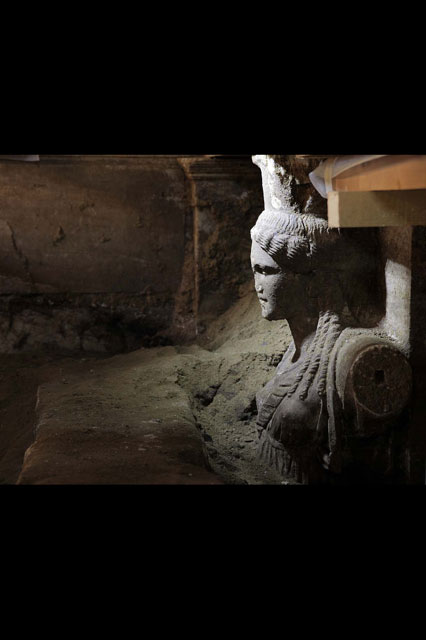
Probing deeper into the tomb, archaeologists revealed two caryatids, or female statues that act like columns or pillars.











